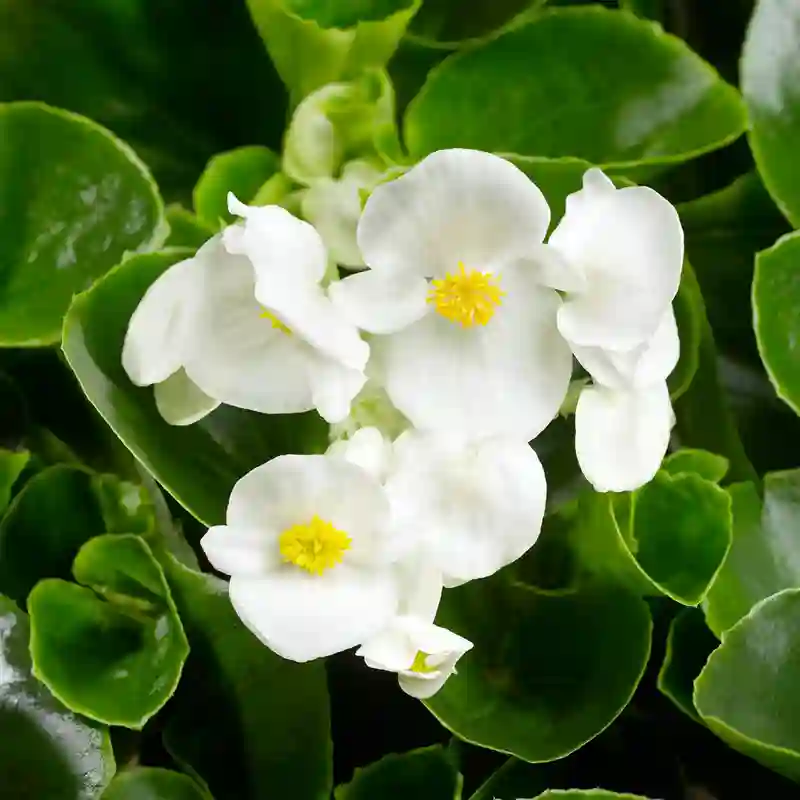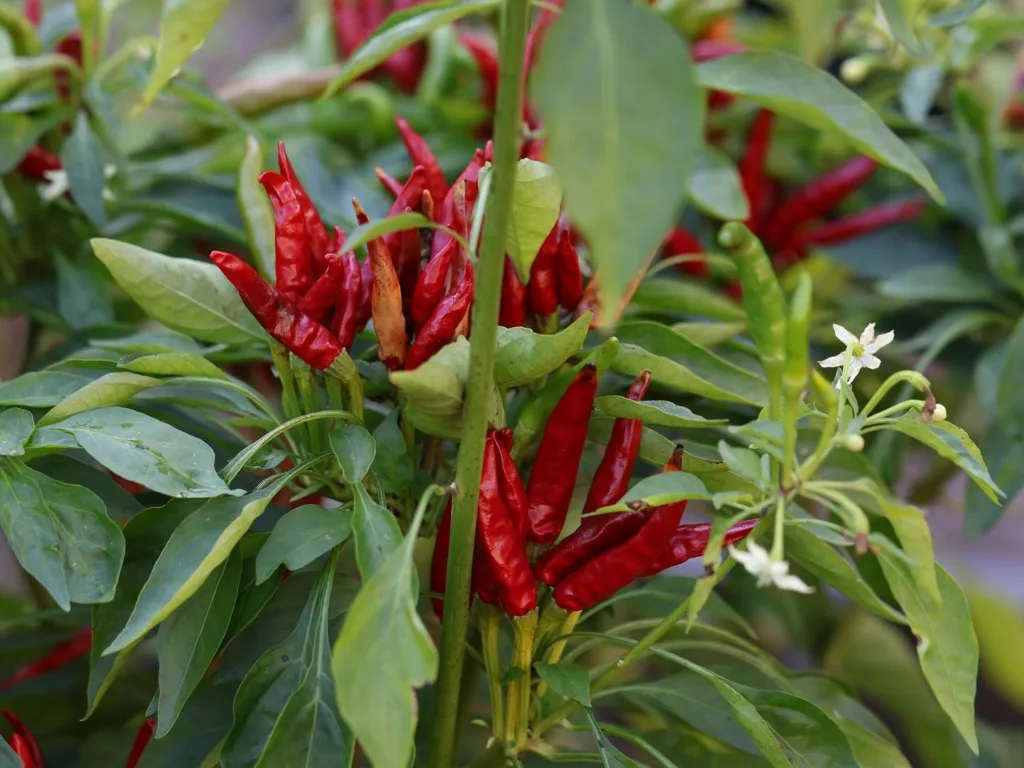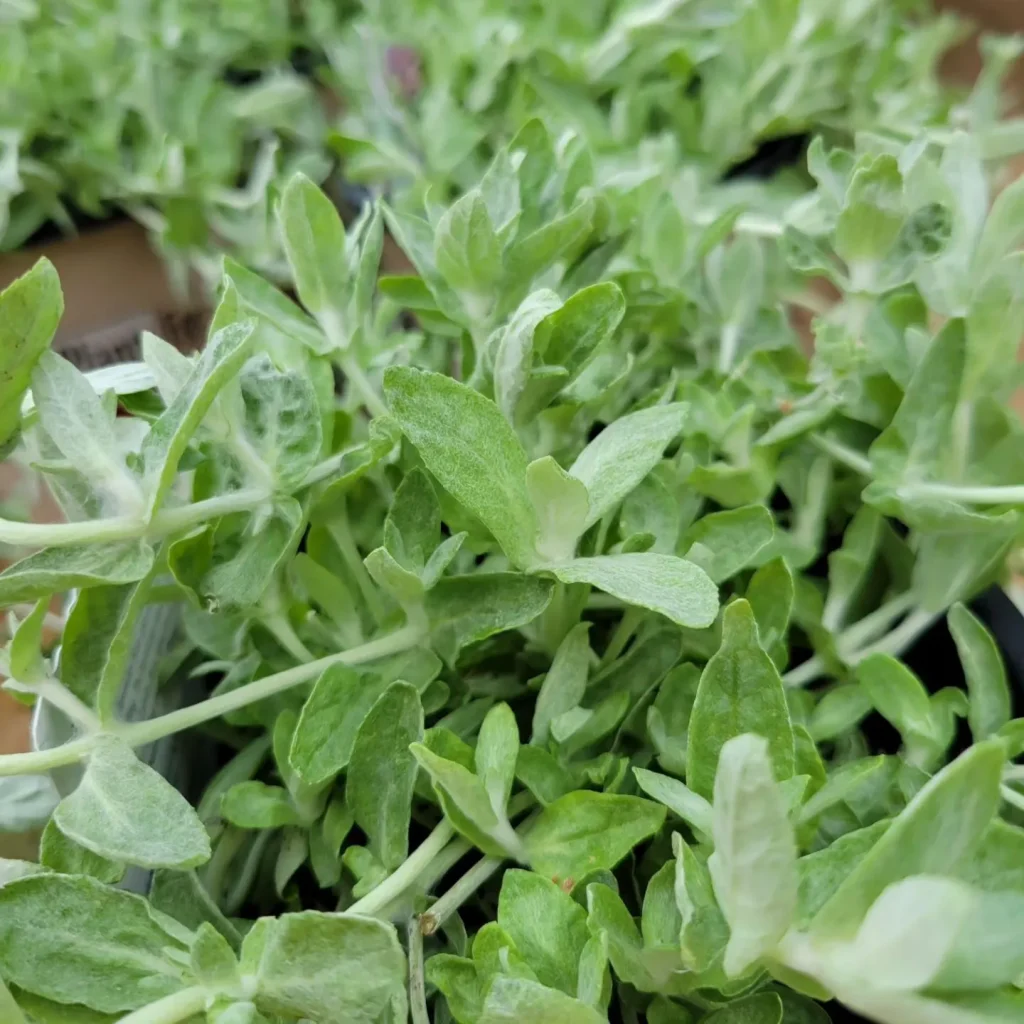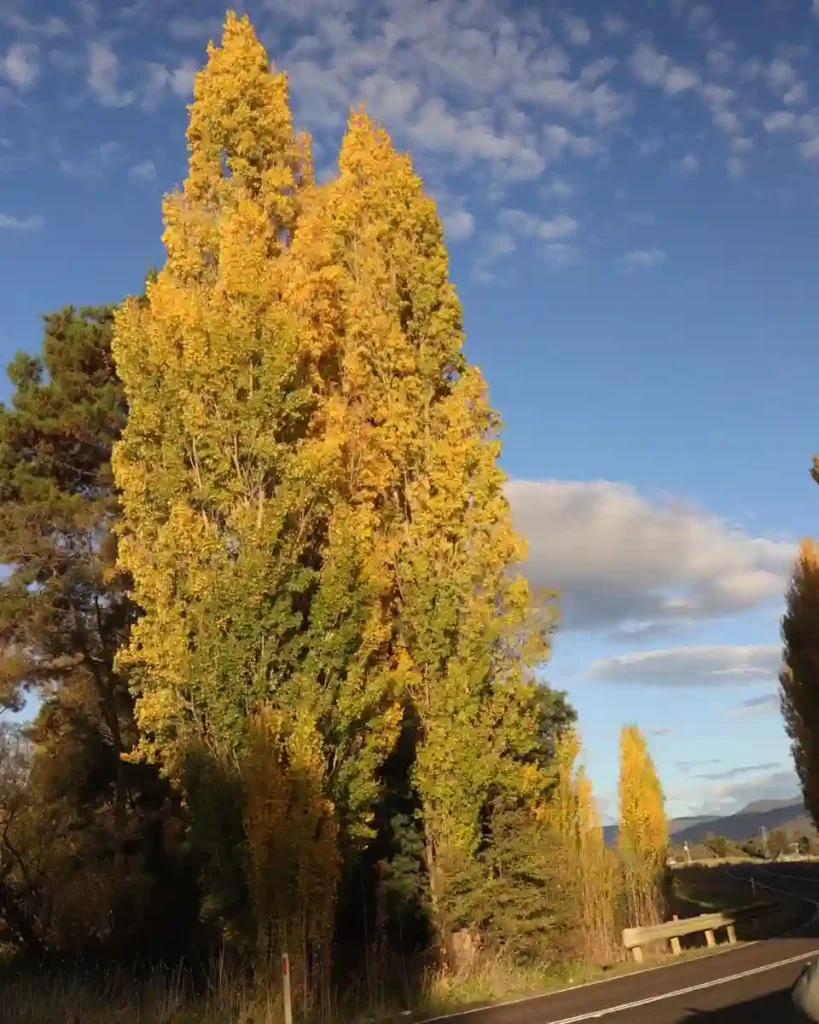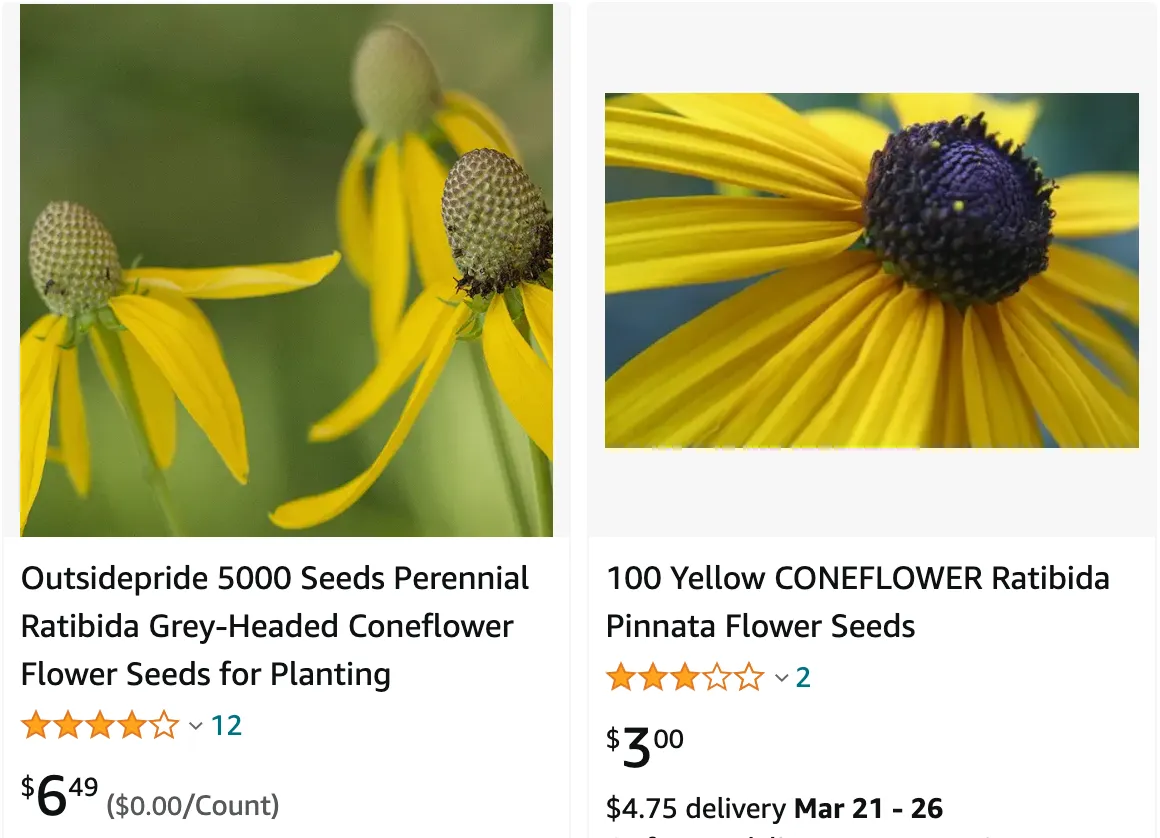
All About Ratibida Pinnata: The Cheerful Yellow Coneflower
Hi there, Ferb Vu here! I’m a plant enthusiast, and today, I want to delve into the world of Ratibida pinnata, a vibrant wildflower commonly known as the Yellow Coneflower.
This cheerful bloom is a native to the central and eastern United States and Ontario, Canada. It boasts a long list of admirers, including gardeners and pollinators alike. Let’s explore some frequently asked questions about this sunshine-hued wonder.
What Does Ratibida Pinnata Look Like?
Imagine a tall, slender plant reaching for the sky, adorned with rough leaves and a sturdy stem. That’s Ratibida pinnata in a nutshell. But the real showstopper is the flower itself. Picture a daisy-like bloom with soft, yellow rays that dance in the breeze. The center, however, takes a different turn. Instead of a bright yellow disc, Ratibida pinnata boasts a unique, drooping cone-shaped structure, often tinged with a grayish hue. This explains its other common name – the Gray-headed Coneflower.
Where Can I Grow Ratibida Pinnata?
If you’re looking for a low-maintenance bloomer that thrives in sunny spots, Ratibida pinnata is your friend. It flourishes in full sun to partial shade, making it adaptable to various garden settings. When it comes to soil, this wildflower prefers well-drained, medium to dry conditions. So, say goodbye to constant watering – Ratibida pinnata is a drought-tolerant charmer.
When Does Ratibida Pinnata Bloom?
Get ready for a summer spectacle! Ratibida pinnata typically blooms between July and September, painting your garden with sunshine for months. It’s a true late-summer bloomer, bringing a burst of color when many other flowers start to fade.
How Do I Care for Ratibida Pinnata?
As I mentioned before, Ratibida pinnata is a low-maintenance plant. Here’s the good news: once established, it requires minimal care. Watering is infrequent; focus on deep watering during dry spells. Fertilization isn’t necessary, but a light application of compost in spring can provide a welcome boost.
Deadheading, the practice of removing spent flowers, can encourage further blooming. However, Ratibida pinnata retains its ornamental appeal even after flowering, thanks to its unique cone-shaped structures. So, the choice is yours – deadhead for continuous blooms or let the spent flowers add visual interest to your garden.
Can Ratibida Pinnata Attract Pollinators?
Absolutely! The bright yellow flowers and the nectar-rich cones make Ratibida pinnata a haven for butterflies, bees, and other beneficial pollinators. Adding this plant to your garden not only enhances your landscape but also supports the local ecosystem.
How Do I Propagate Ratibida Pinnata?
There are two main ways to propagate Ratibida pinnata: by seed or by division.
For seed propagation, sow the seeds directly outdoors in fall or early spring. Ratibida pinnata benefits from cold stratification, a natural process that mimics winter conditions and improves germination. Simply sow the seeds and allow them to overwinter in the soil. Come spring, you’ll be rewarded with new seedlings.
Division is another option, suitable for established plants. Divide the clumps in early spring or fall, ensuring each division has healthy roots and shoots. Replant the divisions in your desired locations and water them well.
Where Can I Buy Ratibida Pinnata?
Many online nurseries and garden centers offer Ratibida pinnata seeds or live plants. Look for reputable sellers who specialize in native plants.
Final Thoughts on Ratibida Pinnata
Ratibida pinnata is a fantastic choice for gardeners seeking a low-maintenance, drought-tolerant bloomer. Its cheerful yellow flowers and long blooming season make it a valuable addition to any sunny garden. Plus, its ability to attract pollinators enhances your landscape’s ecological value.
So, if you’re looking for a plant that brings sunshine and life to your garden, consider the Ratibida pinnata. You won’t be disappointed!
If i die, water my plants!
